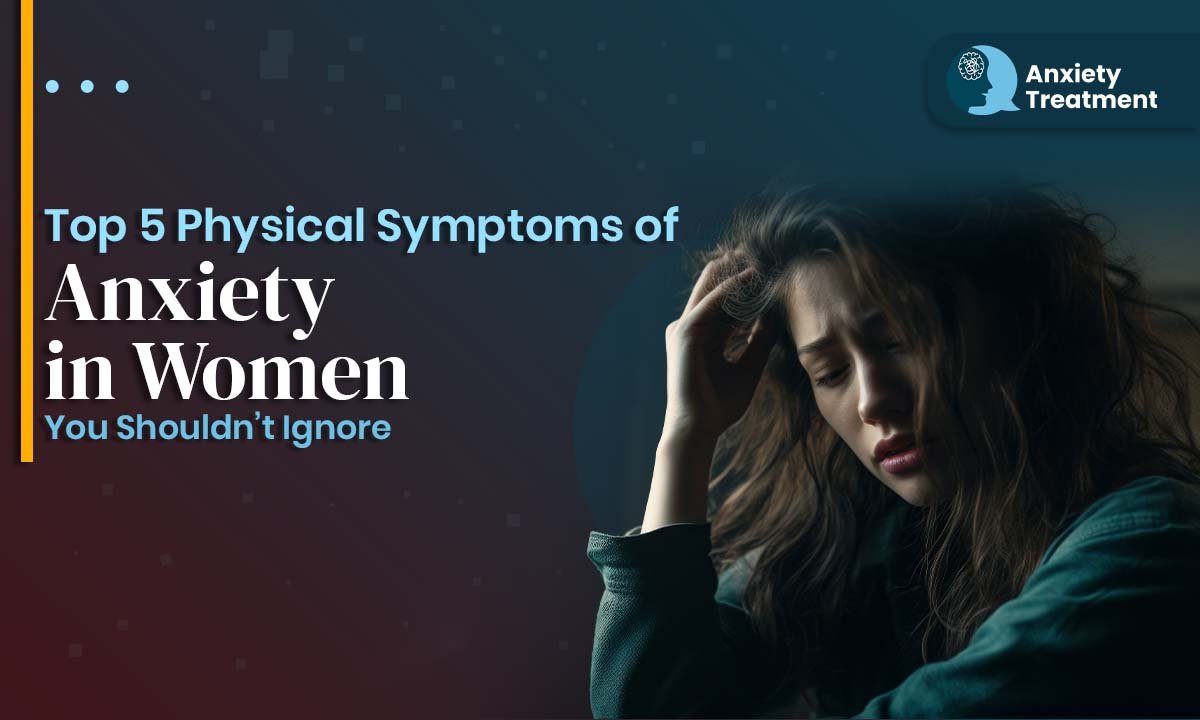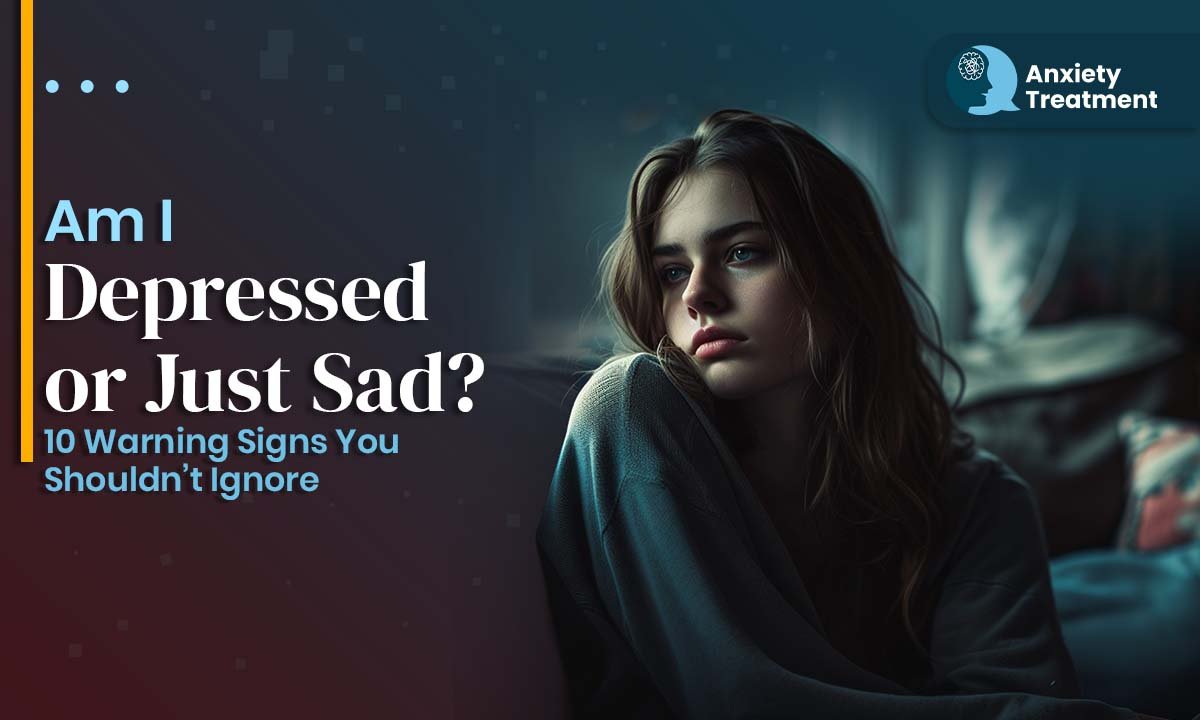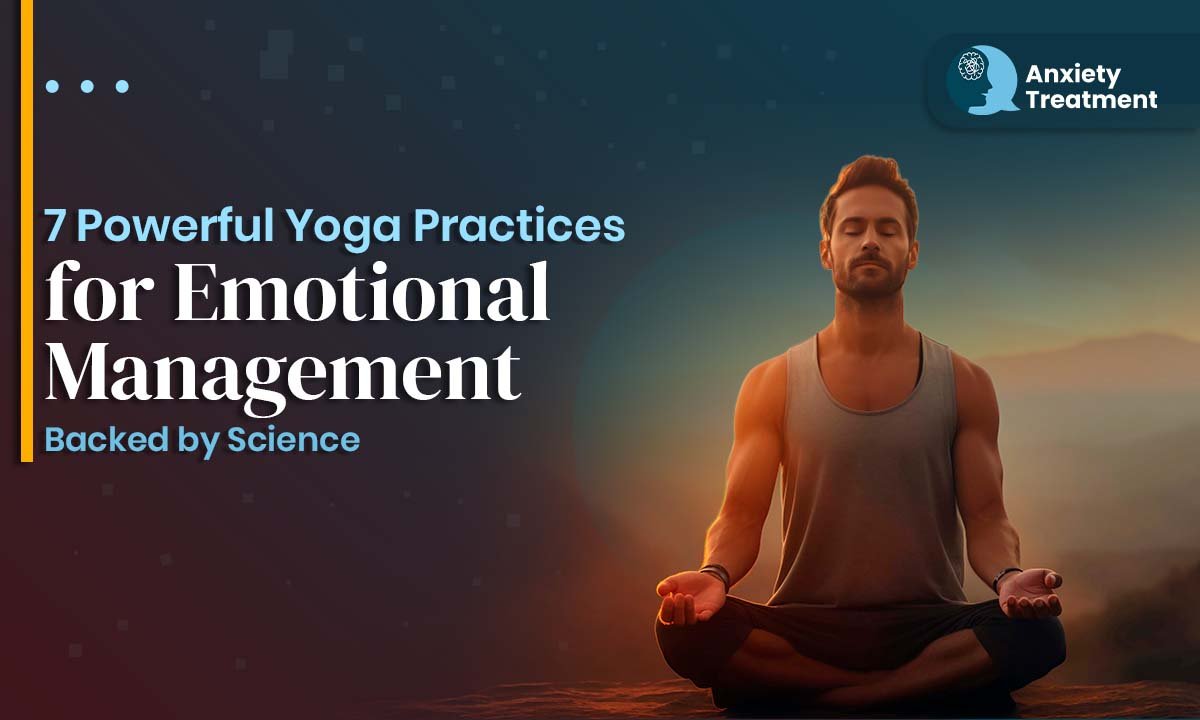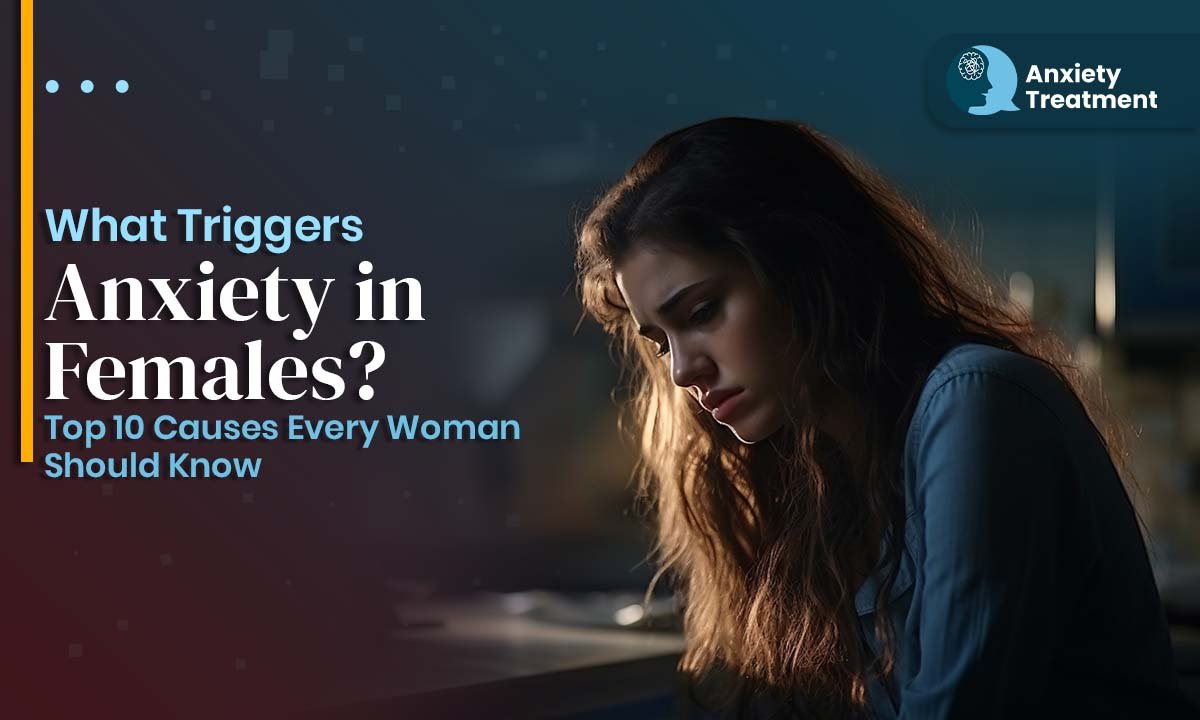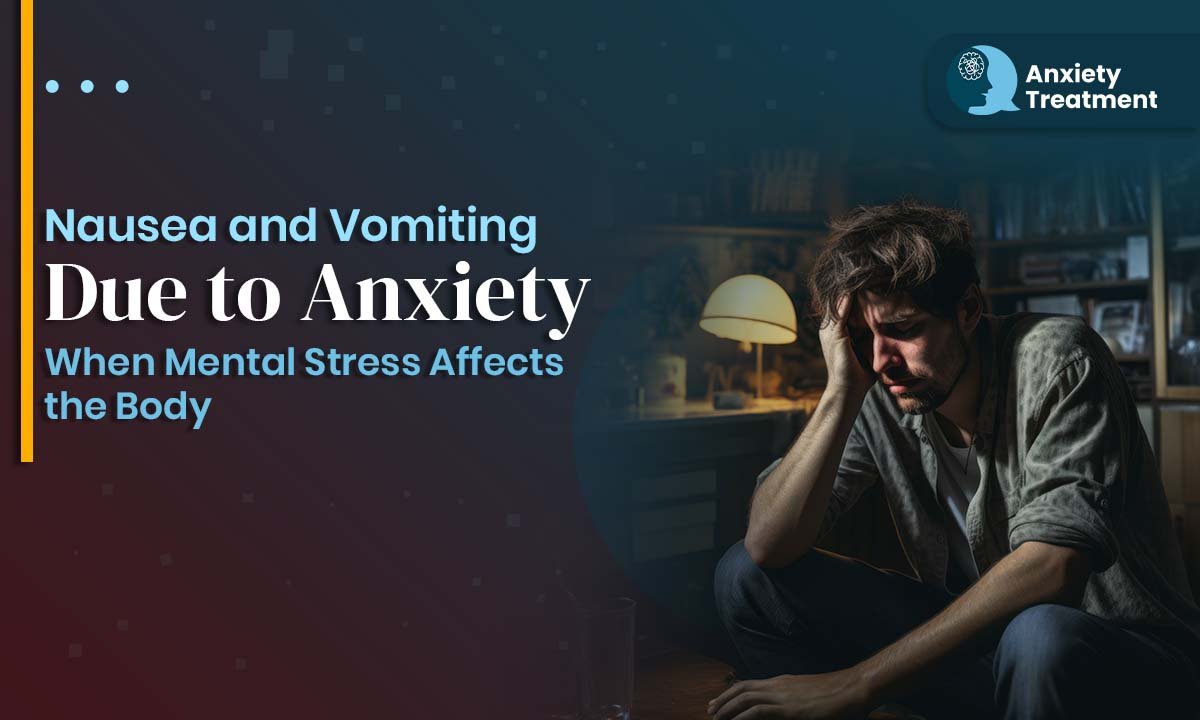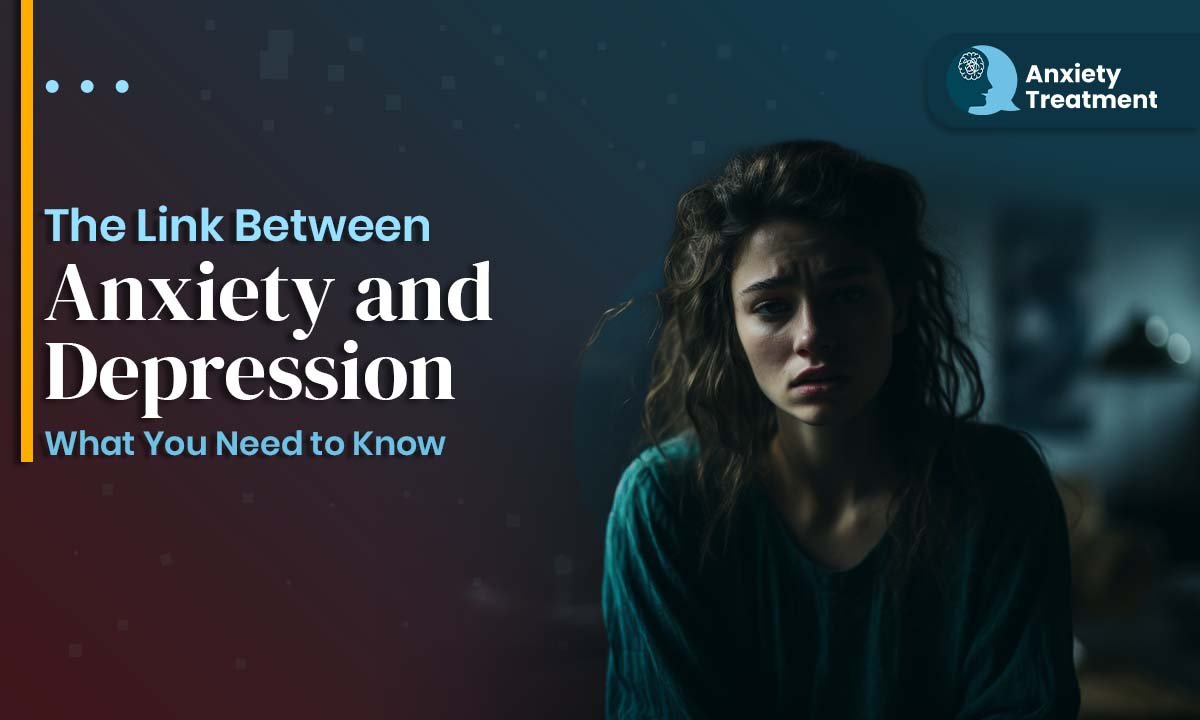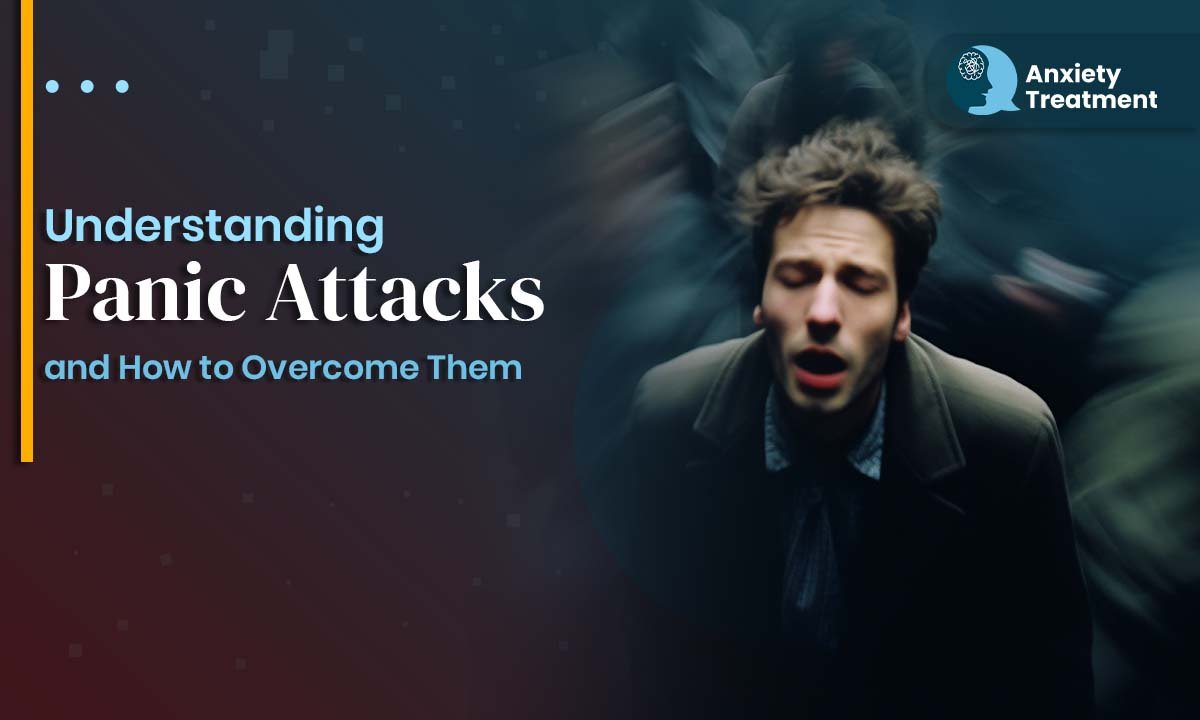Anxiety is more than just feeling nervous or worried; it manifests in various ways throughout the body, often in subtle yet powerful forms. This article explores how anxiety affects women’s bodies, highlights common signs of anxiety in females, and offers practical tips for managing physical anxiety symptoms.
Top 5 Physical Symptoms of Anxiety in Women
Top Physical Symptoms of Anxiety in WomenThe physical symptoms of anxiety in women can range from mildly uncomfortable to severely debilitating. These symptoms are the body's response to perceived threats, often triggered by stress, trauma, or underlying mental health conditions.
Below are top 5 physical symptoms of anxiety in women.
- Rapid heartbeat or palpitations
- Shortness of breath
- Gastrointestinal issues like nausea or cramps
- Muscle tension and body aches
- Chronic fatigue or insomnia
These symptoms often mimic those of other medical conditions, which can make it difficult for women to identify anxiety as the root cause. This is why recognizing the signs of anxiety in females is so crucial for early intervention and effective treatment.
How Anxiety Affects a Woman’s Body
In addition to hormonal influences, societal expectations and gender roles can exacerbate stress levels, leading to more pronounced physical symptoms. Women are often expected to juggle multiple responsibilities career, family, caregiving which can contribute to chronic stress and anxiety.
Signs of Anxiety in Females
Recognizing the signs of anxiety in females is the first step toward getting help.
- Increased irritability
- Overthinking or excessive worrying
- Avoidance behaviors
- Difficulty concentrating
- Emotional outbursts
Because many women internalize their stress these signs may not always be outwardly visible, making it essential for friends, family, and healthcare providers to pay attention to behavioral changes.
Connection Between Anxiety and Hormonal Changes in Women
The connection between anxiety and hormonal changes in women cannot be overstated. Hormonal shifts during puberty, pregnancy, postpartum, and menopause can all trigger or worsen anxiety symptoms. For instance:
- Hormonal changes during puberty can cause mood swings and anxiety.
- Pregnancy - Worries about childbirth, parenting, and health can increase anxiety.
- Postpartum - The sudden drop in hormones after childbirth is linked to postpartum anxiety.
- Menopause - Hormonal decline can affect sleep, mood, and stress response.
Understanding these changes can help women and their healthcare providers develop targeted treatment plans that address both psychological and physiological factors.
5 Best Ways to Manage Physical Anxiety Symptoms
Managing physical anxiety symptoms often requires a multi-faceted approach that includes both lifestyle changes and professional help. Here are some effective strategies:
1. Mindfulness and Meditation
Practices like deep breathing, guided imagery, and mindfulness meditation can calm the nervous system and reduce physical tension.
2. Regular Exercise
Physical activity boosts endorphins and helps regulate stress hormones, making it a powerful tool for anxiety relief.
3. Balanced Diet
Eating nutrient-dense foods helps regulate blood sugar and supports a more stable mood. Avoiding caffeine and alcohol is advisable, as they can exacerbate anxiety.
4. Cognitive Behavioral Therapy (CBT)
Cognitive Behavioral Therapy helps individuals recognize negative thought patterns and build effective coping strategies. It is particularly effective in addressing both the mental and physical symptoms of anxiety.
5. Professional Help
Consulting with a therapist or psychiatrist can provide personalized treatment plans, including medication if necessary. Remember, reaching out for help is a true sign of strength not a weakness.
Final Thoughts
Anxiety is a complex and often misunderstood condition that can affect women in uniquely personal ways. By identifying the physical symptoms of anxiety and understanding their causes. Understanding the impact of hormonal and societal influences, women can take empowered, proactive steps toward managing both their mental and physical health. Whether through lifestyle adjustments, professional therapy, or support from loved ones, effective help is available and with it, healing is absolutely possible.

